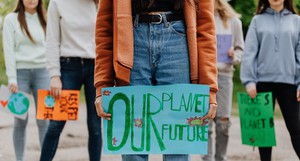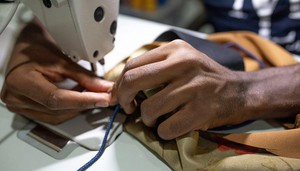- Clothes
- Bags
- Accessories
-
Inspiration
- Shoes
Waste Colonialism in Fashion: Is Your Wardrobe Supporting It?
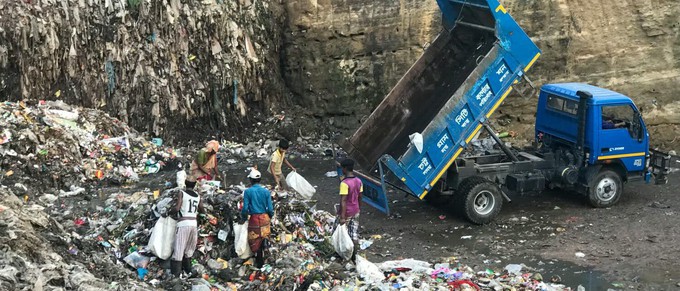
We’ve been made to believe that, when we donate our clothes, they’re always used for good, and when we bin them, they’ll magically disappear.
Sadly, the reality is much different.
Fashion leads to 92 million TONNES of waste every year, and a lot of that (together with most of our second-hand clothes) ends up… in developing countries!
That’s textile waste colonialism in a nutshell.
Let’s look into it properly and find out what we can do about it.
What is waste colonialism in fashion? (Simple waste colonialism definition)
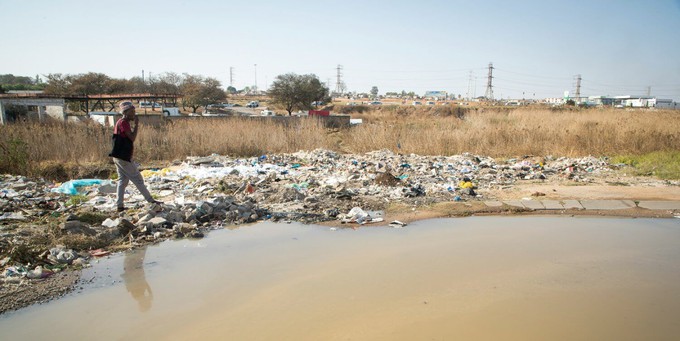
Waste colonialism is when more economically developed countries send their waste to less affluent ones (which, in most cases, are NOT equipped to handle it).
The term was first used in 1989 at the United Nations Environmental Programme Basel Convention, and it can refer to all kinds of waste, from plastic to electronic appliances.
When it comes to textile waste colonialism, though, that mainly involves donated and second-hand garments (as well as clothes destined to landfills).
“Wait, so donating clothes isn’t always good?”
Unfortunately, no.
Only 10-30% of donated clothes are resold in the same country. 70% ends up in Africa and the rest of the Global South.
Here’s how waste colonialism in fashion works:
- These unwanted clothes are packed up in plastic-wrapped bales and sent to second-hand markets in developing countries
- Traders usually have to buy them without being able to see their content (how unfair is that?!)
- They then sort them to find clothes they can try and resell, but 20-50% of them have to be discarded
We’re basically selling waste to developing countries and leaving them to deal with it.
What countries are affected by waste colonialism?
The countries affected by waste colonialism tend to be developing countries in the Global South, and especially Ghana, Kenya, Nigeria, and Tanzania.
In fact, it usually involves the same routes used during actual colonialism. This shows that, even though these countries are independent on paper, they’re not entirely free from that “old” colonial system.
No wonder in Ghana they’re called “dead white man's clothes”: because, in theory, someone would have to die to give up that much stuff! And yet we consume fashion at such a fast pace that it keeps happening.
To give you an idea, Kantamanto market in Ghana (a former British colony) gets 15 million garments every week, and 40% of them are waste.
What are the effects of waste colonialism?

Pollution and climate change
Textile waste colonialism leads to air, soil, and water pollution. For example, because most clothes are synthetic:
- They shed microplastics that end up in bodies of water
- When they’re sent to landfills, they can take 200 years to decompose, and they release toxic chemicals and methane
- When they’re burned, they release more toxic substances and greenhouse gases like carbon dioxide
Human cost of textile waste colonialism
- Health risks – From breathing in toxic chemicals to ingesting higher quantities of plastic, local communities pay the price. Waste colonialism has all kinds of negative ripple effects, too. For example, when this waste obstructs local sewage systems, it causes floods during monsoon season, contributing to mosquito breeding and, consequently, the spread of diseases like malaria
- Economy – The resale of low-cost second-hand clothes from the Global North makes it harder for local artisans and textile companies to sell theirs
- Modern slavery and child labour – For example, in Ghana, the “kayeyi” (women head porters) have to carry those heavy bales of clothing on foot. Some of them are girls as young as 9, somehow carrying 55 kg bales and suffering back and neck injuries as a result… all while being paid peanuts!
- Systemic racism – Fast fashion and the second-hand clothing industry are built on it. They continue a cycle of oppression from the start of a garment’s lifecycle (usually made by POC garment workers who are exploited and mistreated) to its end
"But how is fashion waste colonialism even allowed?!"
Because it’s not well regulated.
Sure, there are some policies in place (like Extended Producer Responsibility, the EU’s waste trade regulations, and Rwanda and Uganda’s ban on imported second-hand clothes), but:
- Not every country has one
- These regulations don’t always cover clothes
- They can be hard to enforce (for example, some countries get away with dumping their waste abroad because they use “recycling” as an excuse)
What can you do to help stop waste colonialism in fashion?

- Educate yourself – Hopefully, this article opened your eyes to the reality of discarded and second-hand clothing. You can also listen to Vintage or Violence (one of the best sustainable fashion podcasts) which covers waste colonialism and the impact of second-hand clothing in Uganda. We also recommend the Obroni Wawu short film
- Donate – If you can, consider supporting the Dead White Man Clothes project by The OR Foundation
- Make your voice heard – A great place to start is the petition by Stop Waste Colonialism
- Stop seeing clothes as disposable – Fast fashion brands keep pushing you to treat clothes as throwaway items. Now that you’re aware of the consequences of this behaviour, try seeing them as durable investments
- Help them last longer – Even just extending the life of a clothing item by 9 months will reduce your environmental footprint by 20%! So, take care of your clothes, embrace repeat outfits, and keep re-wearing them (instead of discarding them to then buy new ones regularly)
- Rethink your clothing donations – Donating clothes can make us feel good, but in reality, it often contributes to waste colonialism. So, consider donating your unwanted clothes locally instead (for example, through charity shops and shelters)
- Shop mindfully from now on – Buy less but better! Try choosing clothes that you can see yourself wearing at least 30 times and that were made ethically and sustainably. You could also support recycled clothing brands (that help reduce waste by using it to make new clothes) and those in developing countries. For example, Buzigahill in Uganda offers a “return to sender” collection: they redesign the second-hand clothes that were dumped there by the Global North
Our fashion overconsumption is actively contributing to a system that exploits developing countries, literally selling them waste. Sure, we need better regulations too, but we can also do our part to help reduce it (if we stop pretending that waste colonialism is not our problem, at least).
Share our story
Related articles
7 Sustainable Activities to Make a Difference & Make Friends
You’re not alone: SO many people in your area care about your same causes! Here are some events and social sustainable activities to find your tribe.
Racism in Fashion: Here's Why Fast Fashion Is BUILT on It
From colonial residues to POC being exploited or having their designs stolen: let’s look beyond performative marketing to see the reality of racism in fashion.
Child Labour in the Fashion Industry: Is It Still a Thing?
Cheap fast fashion clothes—yes, even the ones in your wardrobe—often hide a high cost. Here’s the harsh reality of child labour in fashion (& what you can do).
Project Cece is a platform that collects ethical fashion from vetted brands and shops in one place. Browse ethical fashion for women and men and find items that fit your style, budget and values!
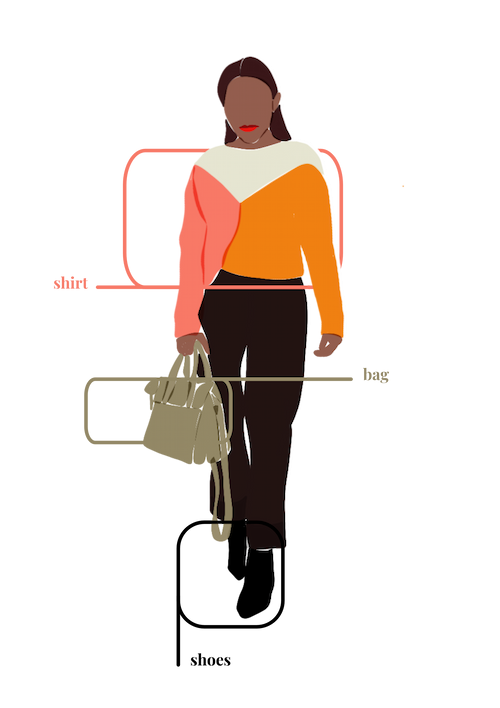
_large.png)
